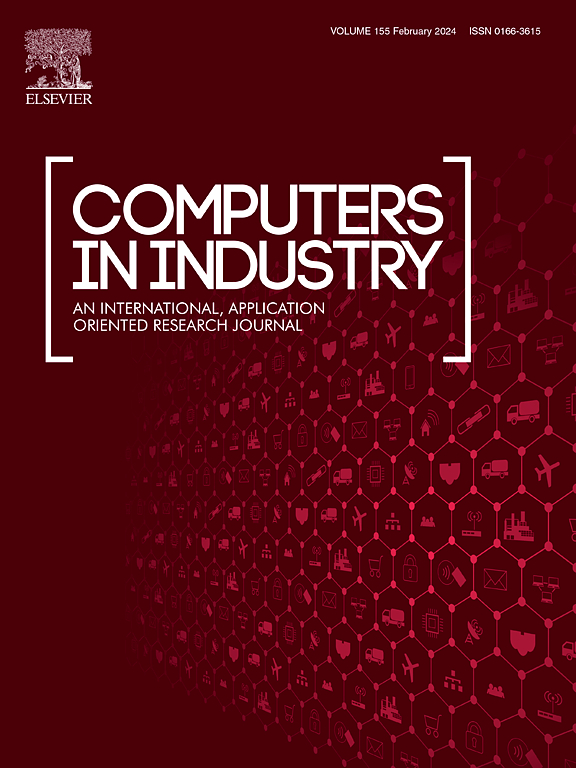基于光流和重构制导的零射印刷电路板缺陷检测
IF 9.1
1区 计算机科学
Q1 COMPUTER SCIENCE, INTERDISCIPLINARY APPLICATIONS
引用次数: 0
摘要
深度学习以其优异的性能在印刷电路板缺陷检测中得到了广泛的应用。不同类型和风格的PCB存在,用于不同的领域和场景,因此有必要在未见过的PCB类型上微调模型以保持检测性能。Few-shot学习方法减少了数据收集和注释的成本,因为它们需要较少的样本。在理想的情况下,使用标准化的电子元件,图像区分技术可以通过比较测试图像和无缺陷的参考图像来突出缺陷,使它们与类别无关、可推广和高度可解释。然而,它们需要仔细的图像预处理和参数选择,如果图像不对齐就会失败。为了解决这一问题,在保持图像差异的普遍性的同时,我们提出了一种PCB缺陷检测方法,通过使用一个由共享编码器和三个不同任务的解码器组成的神经网络来模拟图像差异:(1)流解码器输出光流位移场对图像对进行对齐,引导编码器学习像素对应关系;(2)重构解码器引导编码器专注于感知图像之间的差异。(3)掩码解码器定位图像间视觉差异较大的缺陷区域。我们专门在合成数据上训练网络,然后在公开可用的数据集,DeepPCB, PCBS和MVTec AD上进行测试,取得了与具有大量真实样本的监督学习相当的结果。烧蚀实验表明,光流和重构引导可以有效地增强网络的鲁棒性。本文章由计算机程序翻译,如有差异,请以英文原文为准。
Zero-shot printed circuit board defect detection via optical flow and reconstruction guidance
Deep learning is widely used in printed circuit board (PCB) defect detection, owing to its excellent performance. Different types and styles of PCBs exist, for application in different fields and scenarios, making it necessary to fine-tune model on unseen PCB types to maintain detection performance. Few-shot learning methods reduce the cost of data collection and annotation, as they require fewer samples. Under ideal circumstances and with standardized electronic components, image differencing techniques can highlight defects by comparing test images with defect-free reference images, making them category-agnostic, generalizable, and highly interpretable. However, they require careful image preprocessing and parameter selection, and fail if the images are misaligned. To address this issue, while preserving the generalizability of image differencing, we propose a method for PCB defect detection by simulating image differencing using a neural network comprising a shared encoder and three decoders for different tasks: (1) The flow decoder outputs an optical flow displacement field to align image pairs and guides the encoder to learn pixel correspondence relationships, (2) The reconstruction decoder guides the encoder to focus on perceiving the discrepancies between images. (3) The mask decoder locates defective areas with significant visual discrepancies between images. We train the network exclusively on synthetic data and then test it on the publicly available datasets, DeepPCB, PCBS, and MVTec AD, achieving results comparable to that of supervised learning with numerous real samples. Ablation experiments demonstrate that optical flow and reconstruction guidance can effectively enhance the robustness of the network.
求助全文
通过发布文献求助,成功后即可免费获取论文全文。
去求助
来源期刊

Computers in Industry
工程技术-计算机:跨学科应用
CiteScore
18.90
自引率
8.00%
发文量
152
审稿时长
22 days
期刊介绍:
The objective of Computers in Industry is to present original, high-quality, application-oriented research papers that:
• Illuminate emerging trends and possibilities in the utilization of Information and Communication Technology in industry;
• Establish connections or integrations across various technology domains within the expansive realm of computer applications for industry;
• Foster connections or integrations across diverse application areas of ICT in industry.
 求助内容:
求助内容: 应助结果提醒方式:
应助结果提醒方式:


